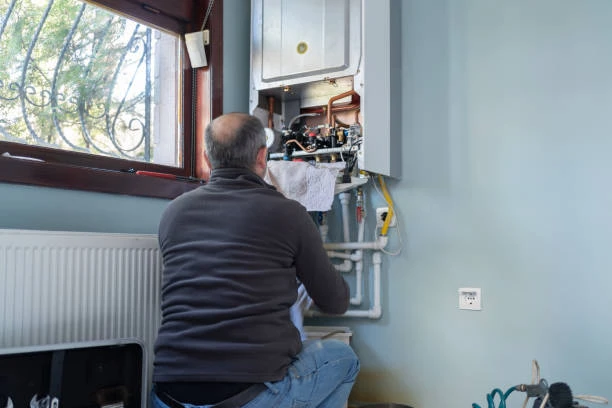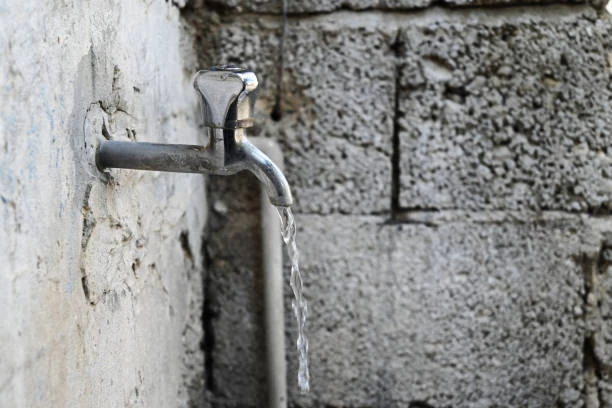
Introduction
Floor drains are critical components in any modern plumbing system, especially in kitchens, bathrooms, and industrial areas where water accumulation is frequent. One of the most essential features of a high-quality floor drain is its ability to prevent foul odors. Odor-proof floor drains not only improve hygiene but also enhance comfort in both residential and commercial spaces. In this article, we explore the core principles behind odor-proof floor drains, common questions, applications, and practical guidance for choosing and installing the right model for your needs.
FAQ: Common Questions About Floor Drains
What is an odor-proof floor drain?
An odor-proof floor drain is designed to block unpleasant smells from escaping the drainage system into your living or working space using water seals, mechanical traps, or anti-odor valves.Where should floor drains be installed?
Floor drains are typically installed in areas where water is frequently used or where spills might occur, such as bathrooms, laundry rooms, balconies, basements, and industrial kitchens.Do all floor drains require a water trap?
While traditional designs rely on water traps, modern odor-proof drains may use mechanical sealing or gravity-based solutions, which don’t rely entirely on water.What materials are best for floor drains?
Stainless steel, PVC, and ABS plastic are common materials. Each has its pros and cons depending on durability, cost, and environment.Can floor drains be integrated with smart monitoring systems?
Yes. Many modern systems, like those provided by IFNS, support smart monitoring, making them compatible with IoT technologies for better leak detection and system maintenance.
Definition and Key Features of Floor Drains
A floor drain is a plumbing fixture designed to remove excess water from floors. It typically features a grated cover, a body with internal channels, and a trap to prevent gas backflow. Key features of an odor-proof floor drain include:
Anti-odor seal: Prevents sewage smell from entering the room.
Anti-insect and anti-backflow design: Keeps pests and contaminated water away.
Durable construction: Made from corrosion-resistant materials for longevity.
Easy maintenance: Allows quick cleaning and minimal upkeep.
Common Uses and Industry Applications
Odor-proof floor drains are widely used in various settings, including:
Residential homes: Bathrooms, kitchens, balconies, and basements.
Commercial buildings: Shopping centers, public restrooms, gyms.
Industrial facilities: Factories, food processing plants, laboratories.
Hospitality and healthcare: Hotels, hospitals, nursing homes, where hygiene is a top priority.
Thanks to their odor control and anti-bacterial benefits, they are indispensable in maintaining a healthy and safe indoor environment.
Buying Guide: How to Choose the Right Floor Drain
When selecting a floor drain, consider the following aspects:
Material
Stainless steel is ideal for high-traffic or industrial areas. Plastic (PVC/ABS) is sufficient for most residential applications.Size and Drainage Capacity
Ensure it matches the space and expected water flow.Seal Type
Choose mechanical or gravity seals if you want long-lasting odor-proof protection.Color and Finish
Match the drain’s appearance with your tile or flooring design. Options include brushed steel, matte black, and more.Certifications
Look for certifications ensuring quality and environmental compliance (e.g., ISO, CE).Smart System Compatibility
If you’re installing smart plumbing, choose models like those from IFNS that support IoT integrations.
Installation Considerations
Proper installation is crucial for performance. Keep in mind:
Correct slope: The floor should be sloped toward the drain for efficient water flow.
Seal integrity: Ensure all connections are tight to avoid leakage.
Trap water level: For water seal types, the trap must be filled to function properly.
Accessibility: The top cover should be easy to remove for maintenance.
Professional help: For complex installations, always consult a plumber.
Stainless Steel vs. Other Materials: A Comparison
| Feature | Stainless Steel | PVC | ABS Plastic |
|---|---|---|---|
| Durability | Very High | Moderate | High |
| Corrosion Resistance | Excellent | Good | Good |
| Appearance | Premium and modern | Basic | Basic |
| Cost | Higher | Low | Moderate |
| Weight | Heavier | Light | Light |
| Best For | Industrial, commercial | Residential, light use | Residential, hidden areas |
Conclusion
Odor-proof floor drains are not just about convenience—they are essential for health, hygiene, and comfort. Whether you’re upgrading a home bathroom or building a large industrial facility, choosing the right drain makes all the difference. With IFNS’s wide range of quality floor drains and compatible pipe systems, you get both performance and peace of mind. From materials and design to smart system compatibility, we have your drainage needs covered.
Contact Us
IFNS – Trusted Manufacturer of Floor Drains and Pipe Systems
With over 30 years of expertise, IFNS delivers reliable, certified plumbing solutions for every type of project. Our products support smart monitoring and work seamlessly with IoT systems.
We respond to all inquiries within 24 hours. Contact us today and discover smarter, more efficient piping systems.









